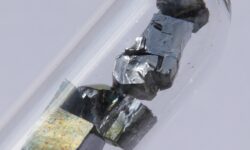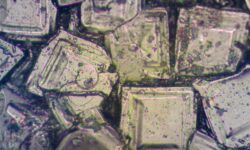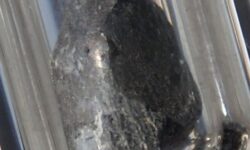Understanding Elemental Spectroscopy
A wealth of information is available on your oil analysis report about wear behavior, contaminants entering the system, and the service needed.
As you read your oil analysis report, ask yourself what all the data means. Ask yourself other questions like: Where is contaminant debris coming from in this unit? What am I looking for that will help me see what is happening inside my machine? Am I looking at elemental levels that are from the additives, particles being picked up as the oil circulates, or from external contaminant ingression? These elements — iron, chromium, aluminum, copper, lead, tin, nickel, antimony, silver, titanium, and manganese — commonly indicate component wear. On your oil analysis report, some elements are singled out such as copper or iron, and given special attention.
Elements found in your oil sample are measured in parts per million (ppm), a very small amount. A single ppm is equivalent to 0.0001 percent. To put that in perspective, it takes 10,000 ppm to equate to 1.0 percent. Concentrations seen in oil analysis reports will be from one to several thousand ppm.
Measuring Metals: Elemental Spectroscopy
Elemental spectroscopy determines the concentration of wear metals, contaminant metals, and additive metals in a lubricant. With this test, an energy source excites atoms in a sample, causing them to release energy in the form of light. A spectrum is created with different wavelengths for each element. The instrument then quantifies the amount of energy emitted and determines the concentration in parts per million (ppm) of 20 to 30 elements present in the sample. Two types of elemental spectrometers are commonly used in oil analysis:
- Arc emission spectrometers: They apply energy in the form of an electric arc to the sample. As the atoms are excited, each element emits light at a characteristic wavelength. The intensity of light at each wavelength is measured and quantified.
- Inductively coupled plasma (ICP) spectrometers: They operate on a similar principle, except that the energy is applied to the sample by an argon flame rather than an electric arc.
On the downside, spectroscopy can’t measure particles larger than roughly 7 microns, which leaves this test blind to larger solid particles.





